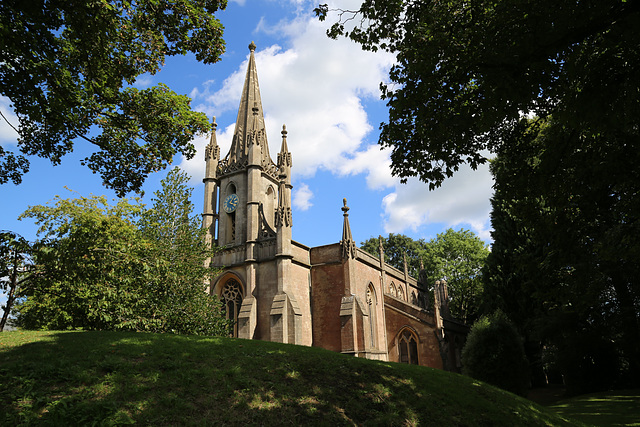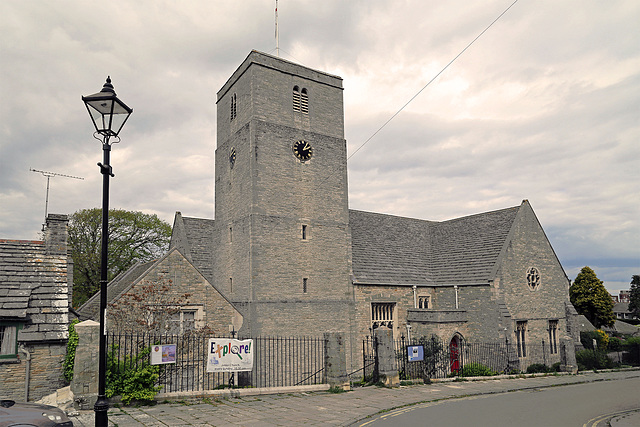
Places of worship
Holy Trinity church, Combe Down
What a sad day this! www.ipernity.com/blog/team/4642052
This church was built 1834 in Early Gothic Revival style and has been grade ll listed since 1956. The church was built through the endeavours of George Steart, paper manufacturer, of Bally, Ellen & Steart, proprietors of the De Montalt Mill, which has a far more varied history than this church.
De Montalt Mill
The De Montalt paper mill stood on the southern slopes of the village during the 19th century; it gradually fell into picturesque ruin until it was converted into housing during 2007. The mill was built on land owned by Thomas Ralph Maude, Viscount Hawarden (1767–1807) in the early 19th century and was owned by John Bally (1773 – 1854), (a bookseller in Milsom Street in Bath), William Allan or Ellan (1781 – 1832) and George Steart (d.1837), all trading as paper-makers under the name of John Bally & Co.
A print dating from the 1850s shows the mill which then possessed the largest water wheel in England, measuring 56 feet (17 m) in diameter. It has subsequently been discovered that most of the coloured papers used by J.M.W. Turner (1775–1851) for a good number of his approximately twenty thousand drawings and watercolours were made at De Montalt Mill. The collection is now housed in The Turner Bequest at the Tate Gallery, London. The paper was of a very high standard and the watercolour boards were made without being pasted together which ensured they remained free from mildew; however, despite the early success of the business, it failed in 1834 . The premises were then sold to wholesale stationer William Jennings Allen (1807 – 1839) . After his death it was sold to Charles Middleton Kernot (1807 – 1876) to be used as a ‘manufactory of patent interlocked and dovetailed felted cloths’ . By 1859 it was used for a laundry run by the Bath Washing Company Ltd. and later used for a variety of purposes including market gardening (1871); and cabinet making from (1875) until the lease expired in 1905 and it closed. In the 20th century cows and pigs were being reared on the site.
Various parts of the mill have Grade II listed building status, including the southern range which consisted of the apprentice shops and stores, the main east block which was the printing works where notes were printed for the Bank of England - later converted to cabinet manufacturing and the chimney. De Montalt, an Italianate villa set in the grounds is also grade II listed.
The mill and its associated buildings were converted to residential use during 2007, with the main mill building being converted into four apartments.
Explore the fence
St Mary the Virgin, Parish Church of Swanage.
HFF folks!
Jump to top
RSS feed- Latest items - Subscribe to the latest items added to this album
- ipernity © 2007-2024
- Help & Contact
|
Club news
|
About ipernity
|
History |
ipernity Club & Prices |
Guide of good conduct
Donate | Group guidelines | Privacy policy | Terms of use | Statutes | In memoria -
Facebook
Twitter



